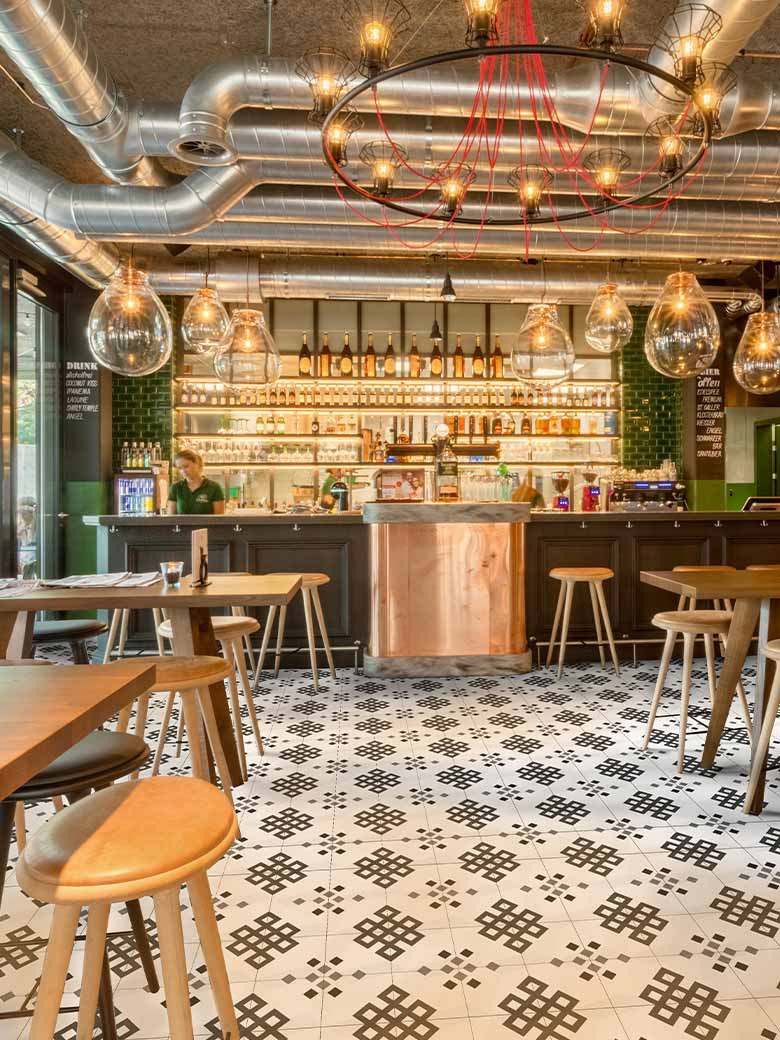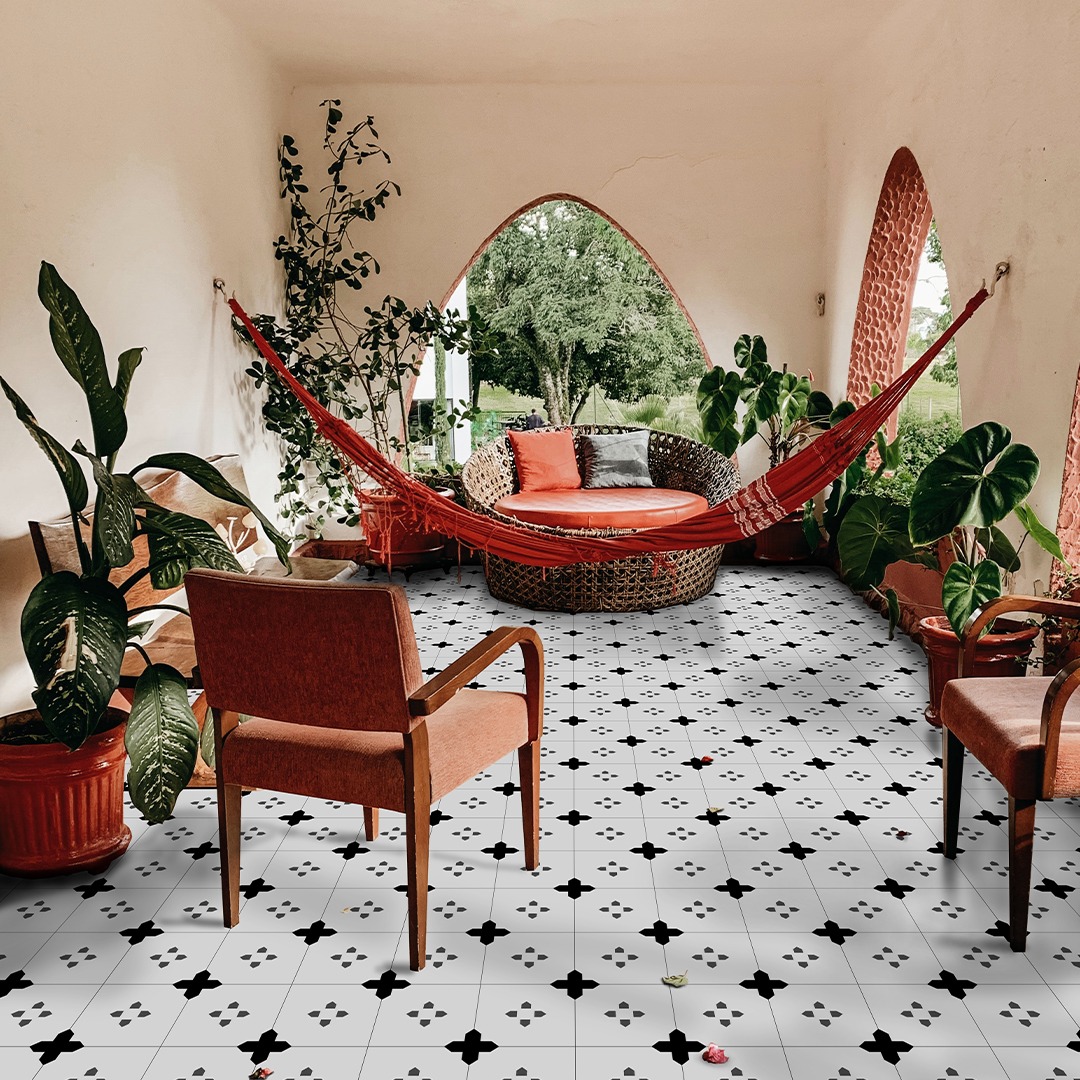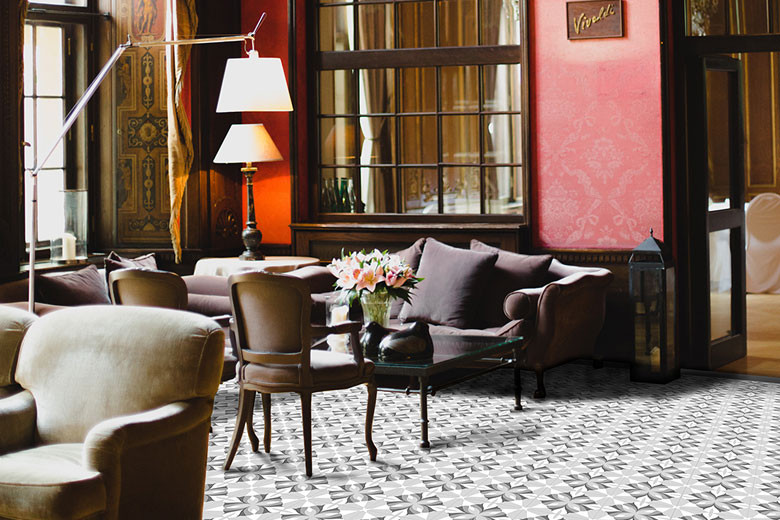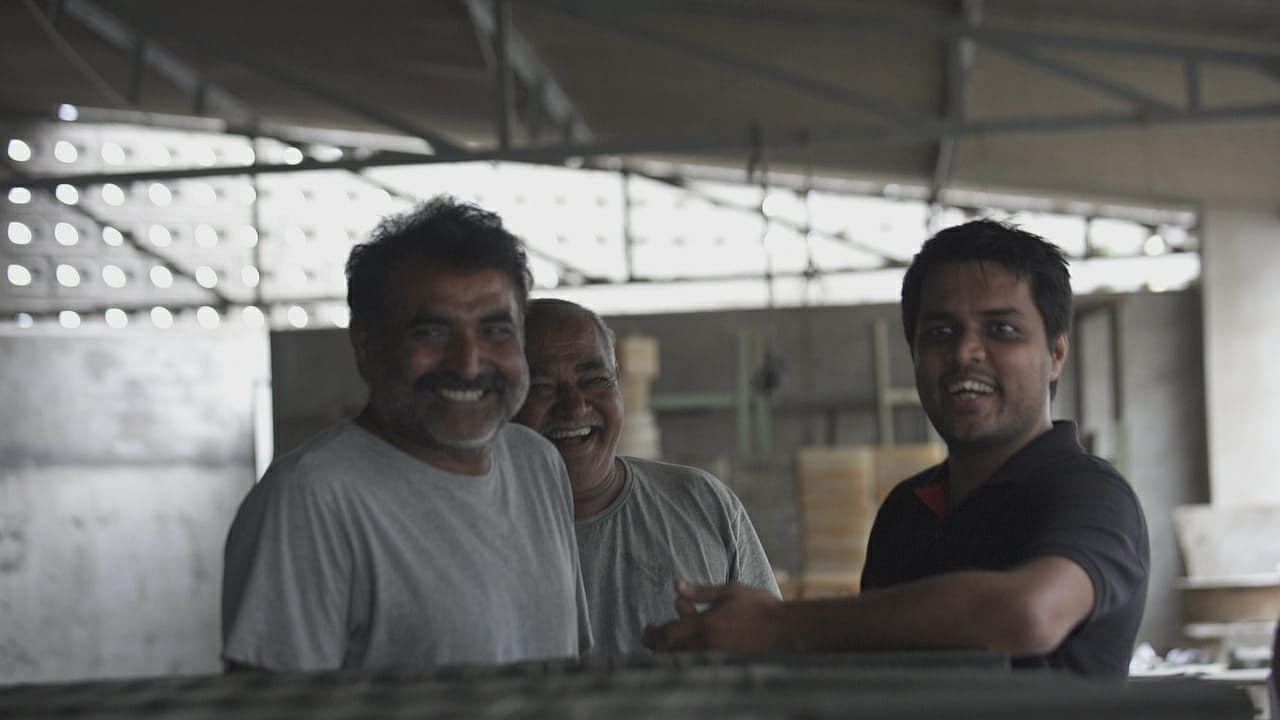
- Sustainable Planet -
- 7mins -
- 878 views
Indian Startup Turns Carbon Emissions Sucked Out of the Air into Architectural Tiles
Handmade by traditional craftsmen, each one of these carbon tiles equals 30,000 litres of polluted air cleaned. That’s a full day’s worth of clean air for a human!
Mumbai Startup Creates Carbon Tiles Out of Air Pollution
In what could potentially be a game-changer for the environment, Mumbai-based design and material startup Carbon Craft Design is harnessing air pollution to make carbon tiles. The startup, officially founded in January 2019, is working in collaboration with Air-Ink, a Boston-based startup that processes the air pollutants and provides them with the raw material – soot – to use in their tiles. This innovation is relevant because it is a small step towards introducing an alternative in the construction industry that accounts for between 25%—40% of the world’s carbon emissions.
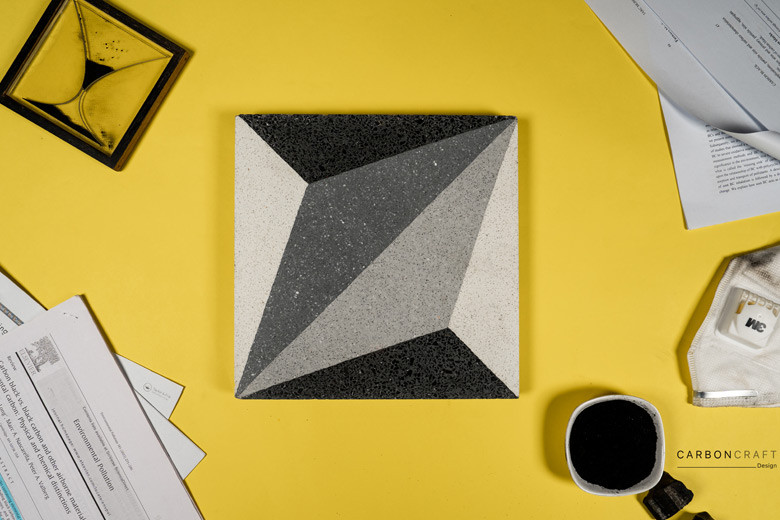
The tiles use one-fifth of the energy required to manufacture vitrified tiles
“Each carbon tile is equivalent to cleaning 30,000 litres of air! Moreover, these tiles consume only one-fifth of the energy required to manufacture vitrified tiles. This means, instead of burning the tiles to come up with the finished product, we use a hydraulic press that helps us in manufacturing these tiles,”Tejas Sidnal, founder of Carbon Craft Design, told The Better India.
All the heavy metals and harmful components are removed from the soot, following which, traditional craftspeople in Tamil Nadu and Gujarat handcraft the tiles that come in six monochromatic shades ranging from black, four shades of grey, and white.
The tiles were launched in the market in January this year, and the startup already has three orders and will be supplying about 4000 tiles in total!
Architect, innovator and entrepreneur, Tejas has a Bachelor’s degree in Architecture from the University of Mumbai. As a student, he became deeply interested in biomimicry, which is a method for creating solutions to human challenges by emulating designs and ideas found in nature, and wondered if it could be employed to design sustainable and environment-friendly structures.
“I stumbled upon the concept of biomimicry at a design competition in my third year of college. Since then, I began reading up on it, and during my thesis, I focussed on the subject and turned towards nature and how we can design around it,” says the 32-year-old.
Skip to 2016, and Tejas watched a video on Air-Ink and their innovation of being able to process air pollution into soot. This got him wondering if he could use his knowledge of architectural design, material systems, and biomimicry to produce a building component using it. He met with the founders and got some samples for them to start testing it.
After initial experiments with brick designs, Carbon Craft Design was officially created in January 2019 and Tejas hired a researcher and technology head to help him come up with the tile. After countless experiments and time in the lab, they developed the carbon tile in May 2019.
Source: TheBetterIndia
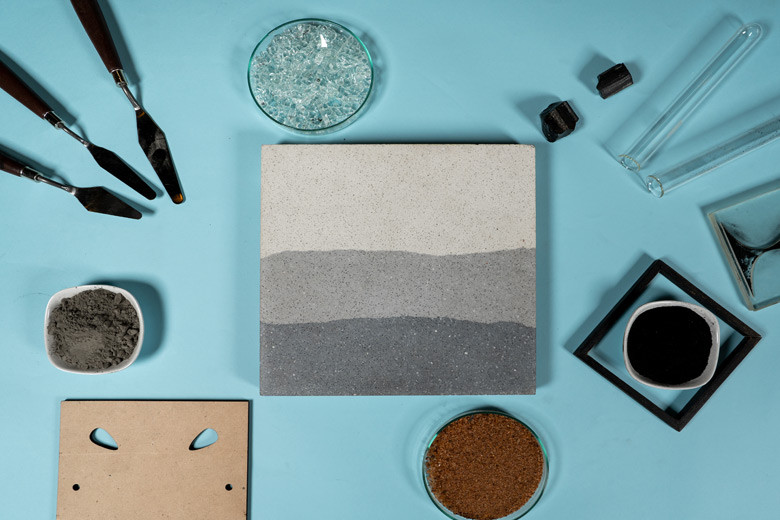
Choose from 15 designs or create your own
Once the team at Carbon Craft Design came up with the perfect prototype, they identified traditional handcrafted cement tile producers in Tamil Nadu and Gujarat, to manufacture the tiles on a large scale,
The soot is infused with materials like marble chips and marble powder, along with a proprietary binder. The tiles come in three sizes—8″x8″, 10″x10″, and 12″x12″. (20.2, 25.4, 30.5 cm)
These carbon tiles are handcrafted, produced consciously, and cost Rs. 190 per sq of the tile used (€2.17).
In comparison, vitrified tiles which are conventionally used, take five times more energy to produce and cost anywhere between Rs 50 and can go up to Rs 1000 per sq feet (€11.40).
Customers wishing to buy the carbon tile can also have it customised to their own design requirements, however they must pay extra for the unique stencil that needs to be made especially for this purpose.
The stencil can cost anywhere between Rs. 5000 and 15,000 (€57–€171). To avoid this cost, customers can choose from the 15 designs that the startup also has in their catalogue.
Source: TheBetterIndia
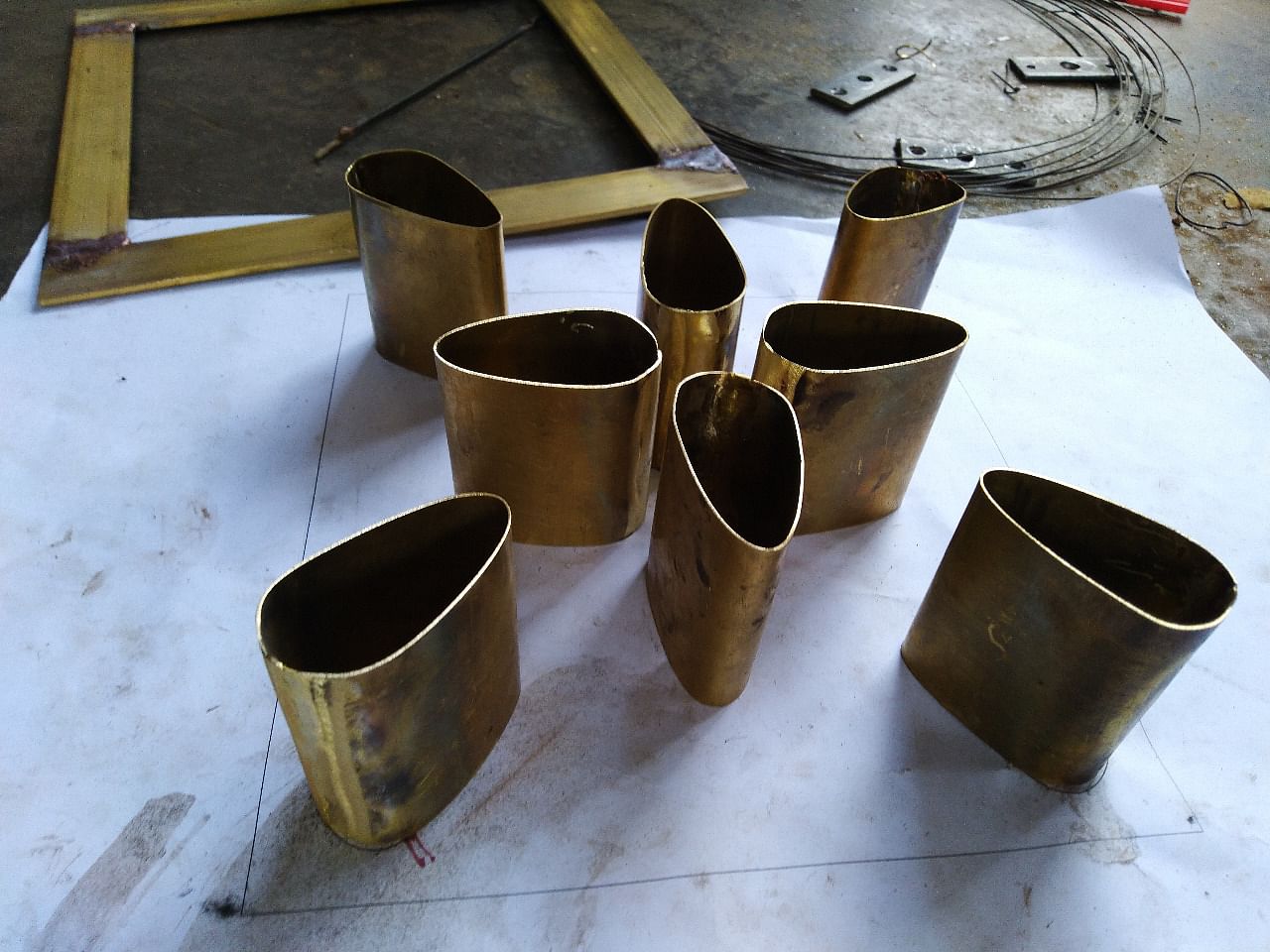
The ultimate vision is to construct a carbon-conscious building made from processing air pollutants
Having come up with a unique innovation in the sphere of material design and architecture is commendable. However, Tejas has dealt with plenty of challenges in this journey.
“To begin with, standardising the colour of the tiles is difficult to achieve because the pollution at every site won’t be the same. For example, the emission will be different for each of the fuels, which means that there will be a difference in the components as well. Consequently, when it is processed, there is a variation in the colour of the powder,” he told Angarika Gogoi, for The Better India.
However, since each tile is handcrafted and they are working with different monochromatic shades, they are dealing with this challenge without putting too much pressure on themselves.
Another challenge that Tejas speaks about is that a lot of people do not take environmental issues too seriously. This is sometimes a hindrance to them when it comes to explaining the idea and value behind their innovation.
“We spend a lot of time explaining our solutions and how this is a viable alternative. Since consciousness is not at it’s best at the moment, we are currently functional in a market space that is not very huge or rather conducive,” he says.
But despite these few setbacks, big companies like JSW and Larsen & Toubro are in talks with the startup.
“They want us to collect carbon emissions from their construction sites and to manufacture tiles for them. This way, they are trying to manage the emissions they are responsible for. Eventually, we want to scale in this model where we can help large companies do that as environmental concerns are growing at large,” explains Tejas.
There are several plans that Carbon Craft Design has for the future. To begin with, they are working on establishing networks with distribution channels abroad in places like Miami, Sri Lanka, Dubai, among other places.
As these tiles can only be used indoors, Tejas eventually hopes to start manufacturing outdoor tiles as well, along with other architectural products like light fixtures, home accessories, furniture, among others.
He also wants to make this innovation even more affordable, but that can only happen if the demand for these kinds of products grows, thus expanding the scope of the current market.
“Our ultimate vision is to be able to construct a carbon-conscious building which is made using each component derived from processing air pollutants,” says Teja.
Source: TheBetterIndia
